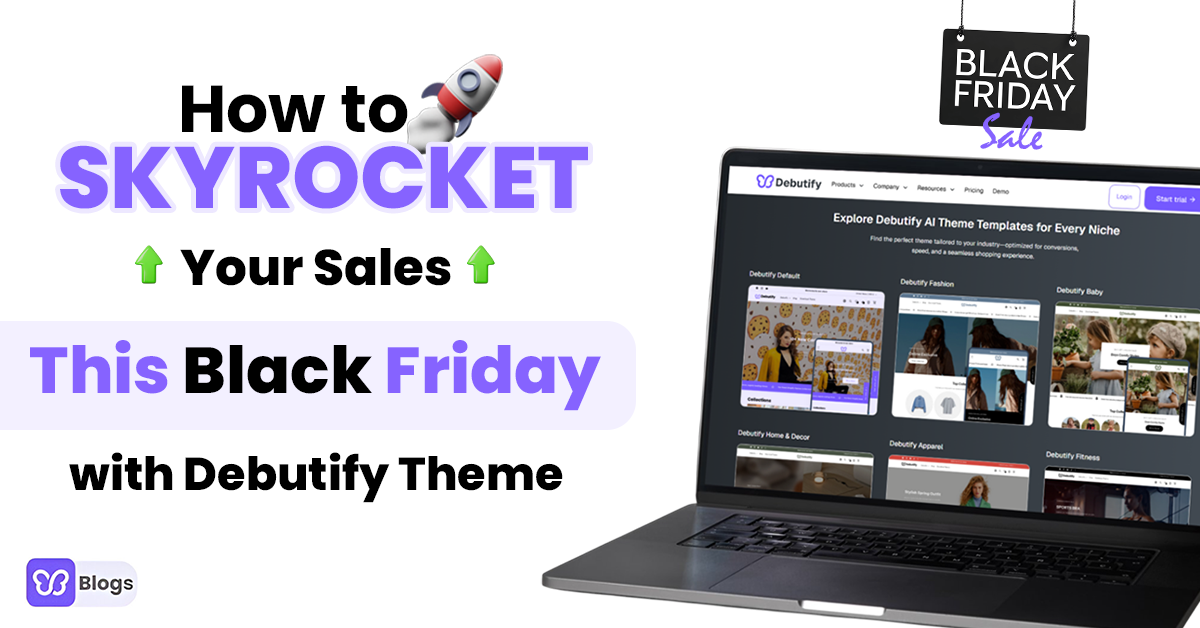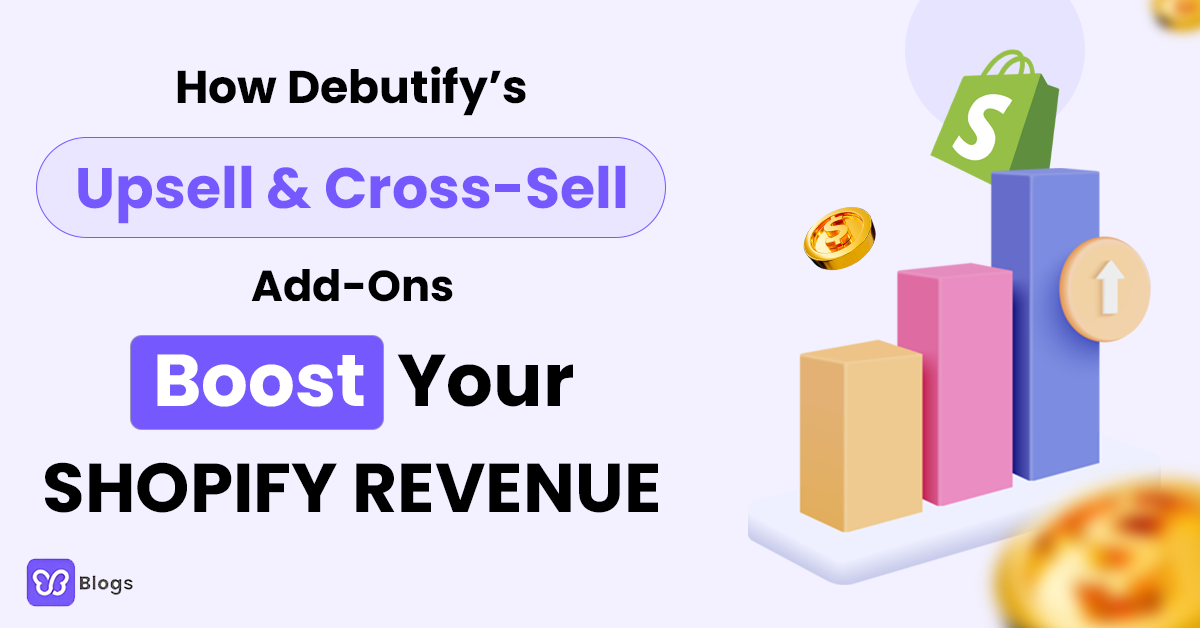Omnichannel. The word has been thrown around a lot lately but is also often misconstrued for something else.
Some people think this is a quick-win solution that can solve all your eCommerce woes.
Unfortunately, omnichannel is anything but a quick-fix solution.
Omnichannel eCommerce is not a tool. It refers to the concept of providing consumers with a seamless experience.
So, it's not just something to help your business in the short term. It's also something to strive for if you want to provide your customers with the best experience.

What is Omnichannel eCommerce?
Omnichannel eCommerce is a holistic strategy to online and offline commerce. It ensures a consistent purchasing experience across all channels, whether customers interact with a brand in-store, on a website, via a mobile app, social media, or through customer care.
This method ensures that customers can travel seamlessly across channels, with their journey and preferences retained across all touchpoints.
According to the State of Commerce Experience in 2021, 47 percent of B2C consumers primarily buy online.
Not only that, even people who still buy in-store still depend on online information before making a purchasing decision.
According to the same study, 44 percent of B2C buyers often research a product online before going to a physical store.
And even when they are already inside the store, they will still go online to continue research instead of asking in-store personnel.
So what does this all mean?
It shows that a lot more people make purchases online but still go in-store to make purchases.
It also shows that people want to have a consistent experience when they are in-store or online. If the information online does not match what is in-store, it will turn them off.
Well, that is the problem that omnichannel eCommerce wants to solve.
Omnichannel eCommerce is defined as a unified experience for your customers no matter what platform they are using. Whether they are in your store, on their website, or in their social media channels, you want your customers to have a seamless journey.
To give you more of an idea of omnichannel eCommerce, let us define what is not omnichannel.
This is not omnichannel eCommerce:
Single-channel eCommerce
This means that your company is selling on a single channel or platform.
Usually, the company primarily sells through a single channel. It can be a physical brick-and-mortar store, an online eCommerce website store, an app, or through other digital channels.
However, as the name implies, the company sells on one and no other platform.
Multi-Channel eCommerce
Multi-channel eCommerce is a retail approach in which products are sold across numerous platforms and channels to reach customers wherever they are.
Unlike omnichannel eCommerce, which focuses on providing a consistent experience across all touchpoints, multi-channel eCommerce prioritizes having a presence in as many relevant channels as feasible.
These channels may include a company's website, online marketplaces such as Amazon or eBay, social media platforms, physical stores, and others. Each channel works separately, so clients may have distinct experiences on each platform.
Multi-Channel vs. Omnichannel eCommerce: What is the Difference?
While both multi-channel and omnichannel eCommerce seek to broaden a brand's reach and boost customer engagement across platforms, their techniques and objectives differ dramatically. Here's an overview of how they compare:
| Aspect | Multi-Channel eCommerce | Omnichannel eCommerce |
| Definition | Selling products on multiple, often separate channels. | Creating a seamless, integrated experience across all channels. |
| Focus | Maximizing presence across different platforms. | Providing a consistent, cohesive customer experience. |
| Customer Journey | Often distinct on each platform, leading to separate experiences. | Unified journey where customers can move seamlessly across channels. |
| Channel Integration | Channels operate independently with little to no interaction. | High level of integration, with channels working in unison. |
| Customer Data | Data may be siloed per platform (e.g., separate customer info for each channel). | Centralized customer data accessible across channels. |
| Inventory and Fulfilment | Managed separately per channel, leading to potential inconsistencies. | Unified inventory management to prevent stock conflicts. |
| Personalization | Limited to individual channels, often inconsistent. | Personalized experience across all channels based on unified data. |
| Example | A brand sells on Amazon, eBay, and a physical store, with separate pricing or inventory for each. | A customer buys online and picks up in-store or starts a chat online and continues in-store. |

An Omnichannel Strategy
Let's face it. The reality is that people do not purchase on their first contact with your company.
They may first see your website and check a few product pages, then go to Instagram to check out the pictures.
They may even go to your app to see if it's more straightforward to navigate than your website.
If customers feel that they are always starting from zero every time they contact your company, they may feel frustrated. They may just leave and end their customer journey altogether.
This is where the omnichannel eCommerce strategy comes in.
Omnichannel eCommerce expects customers to start on one channel and move to another as part of their customer journey. It unifies multiple channels and optimizes them for the modern customer.
Benefits of Omnichannel eCommerce
The benefits of omnichannel eCommerce focus on offering a consistent and integrated customer experience across several channels, resulting in increased customer happiness, loyalty, and business success. Here are some of the main advantages:
Here are some of the advantages your company can get when you implement an omnichannel strategy:
Improves Customer Experience
The most obvious benefit is better customer experience. They will have a more seamless experience interacting with your company on different channels.
By breaking down silos between channels, customers feel more comfortable. And you will find that good customer experiences also lead to better customer acquisition and retention.
Increase Sales and Even Price
According to a study from PWC, people are willing to pay more for a great customer experience. In fact, they are eager to spend more (about 13 to 18 percent higher) for luxury and indulgent services.
And an omnichannel eCommerce strategy can give that to your customers. Providing seamless experience between channels can give the premium experience that customers crave.
As a result, you can increase your sales while setting a higher price.
Boost Customer Loyalty and Retention
Not only are customers willing to pay more for excellent customer experience, but they're also glad to be repeat customers.
A study by Bloomreach found that eCommerce stores that implemented an omnichannel strategy have logged 23 percent more repeat shopping trips within six months.
Not only that, but these repeat customers are also more likely to tell their friends and families to buy from the same store.
They are practically your brand ambassadors. Combine that with different customer loyalty programs and you will find yourself an army of loyal patrons.
Better Understanding of Customer Behavior
One of the best perks of implementing an omnichannel strategy is the increase in data sources. It lets you collect and merge data from different channels.
It can give you a better picture of how customers behave when interacting with your store from different channels.
It lets you personalize your content, offers, promos, discounts, and more. It should encourage more engagement from customers.
Challenges of Implementing Omnichannel eCommerce
Of course, implementing an omnichannel eCommerce strategy presents its own challenges. But there are things you can do to solve or at least minimize these problems.
1. Difficult Inventory Management
Inventory allocation is usually prioritized for high-converting channels. However, this risks missing orders from less active channels.
One of the best solutions to this challenge is to keep SKU codes consistent and reliable for all channels.
2. In-store Sales Can Eat Into Online Stock
When you have a sale on your physical store, you often forget that some of the stock is reserved for online sales. This ends up being a more significant problem when there are unfulfilled online orders.
There are several things that you can do, including:
- Reducing the inventory available for digital channels. Make it seem like there are fewer stocks than what is available. It will create an illusion of shortage while also not overpromising on an abundance of supply.
- Make sure that you have regular supplies from vendors.
- Make sure that you have a higher reorder schedule for fast-moving items.
3. Lack of Technology
Omnichannel strategy is a great strategy but the technology to get you there is still in the early stages, so there is still a lot of improvement.
One of the best ways to solve this is to get an eCommerce solution like Debutify. It not only lets you sell online but lets you easily scale and extend your retail brand online.
With endless customization and integration options, implementing an omnichannel strategy becomes more manageable. You can even use QR codes to connect your online store to your physical stores for a more integrated customer experience.

Tips on Implementing Omnichannel eCommerce: How to
Now, after learning about omnichannel eCommerce, it's time to implement it. But how?
Here are some steps that you can follow:
1. Know Your Customers
Get data and insights on who your customers are. What are their ages, gender, location, and jobs?
By getting all pertinent information, you will be able to create a persona/s of who your customers are and how you should interact with them.
2. Know Where They Are
Find out where your customers are.
Are they on different social channels?
Do they prefer to buy online or in-store?
Knowing these things will let you know which channels need your attention the most.
3. Know What The Channel Is For
There are channels only for updates and information, and there are channels for customer interaction.
Make sure that you know the purposes of your channels.
4. Connect Your Channels
This is the hard part. As said above, the technology for implementing an omnichannel strategy is still young.
Debutify makes it easier with its multi-channel support and its unified app to manage all apps within its umbrella.
5. Provide omnichannel customer service.
Omnichannel strategy doesn't end in converting a sale. You want to keep the seamless experience even when you are providing support. Look for an enterprise-level omnichannel digital customer service solution that lets you engage and provide excellent customer support on any digital channel from one platform.
In particular, customer service automation can help businesses provide a consistent and efficient service experience across different channels, such as social media, email, phone, and chat. This can lead to improved customer satisfaction, loyalty, and retention rates, as customers appreciate fast and personalized support.
In an ever-connected world, setting up an omnichannel strategy is no longer just a luxury but a necessity.
If you want a successful eCommerce business, this is the only way to go.
Author’s Bio

Mark Dacanay is a Digital Marketing Professional who has been working with RingCentral offering cloud communications solutions for more than five years. He is obsessed with anything about the cloud – the technology, not the fluffy stuff in the sky. He has written for Global Sign and Corpnet.




